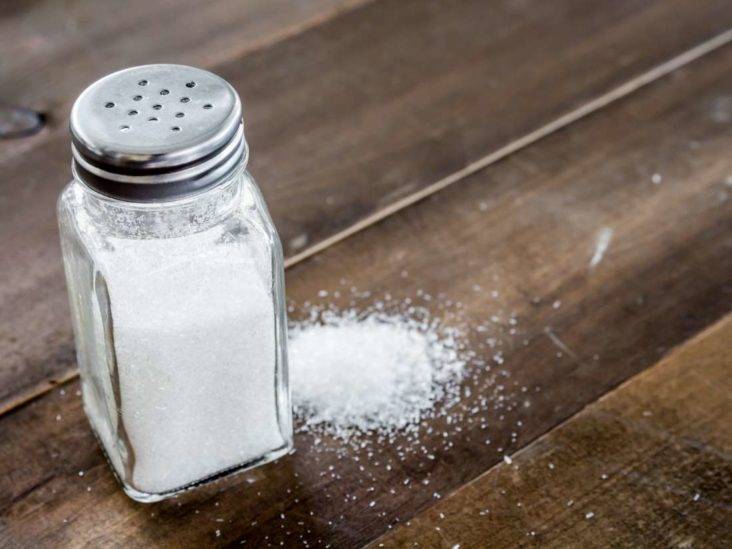
Salt is an essential ingredient of our food and without a pinch of salt, no meal ever feels complete. Although, it’s advised to always take iodized salt, in moderation, because it can protect us from Iodine Deficiency Disorder (IDD). For proper development of the brain & body and maintenance of body temperature, Iodine plays a crucial role.
Under the National Iodine Deficiency Disorders Control Programme, the Government of India had taken an initiative to iodize all edible salt in the country. Food Adulteration Act specifies that iodized salt at the manufacturing level should have no less than 30 ppm while at the consumer level not be less than 15 ppm. However, not all brands adhere to the national standards of quality & acceptability parameters.
Why Eating Common Salt is Dangerous?
Iodised salt is frequently adulterated with common salt, which can cause harm to the body. Consumption of Adulterated food items is dangerous to health and can lead to chronic health diseases too.
Eating common table salt creates excess fluid in the tissues which can lead to kidney stones, gout, arthritis, gallbladder stones, and rheumatism. In the process of neutralizing the unnatural sodium chloride, the cells of the body get dehydrated & killed.
Easy Steps to Check Adulteration of Common Salt in Iodised Salt at Home:
Now we'll learn about how to check adulteration of Common Salt in Iodised Salt. As per the Food Safety and Standards Authority of India (FSSAI), follow these five easy steps to check how good salt powder is:
-
Take a potato and cut it into two pieces
-
Now apply the samples of salt on the cut surfaces and wait for a minute
-
Add two drops of lemon juice to both samples
-
If the potato doesn’t change color it means it is because of double fortified salt
-
Adulterated iodized salt makes the potato turn blue
















